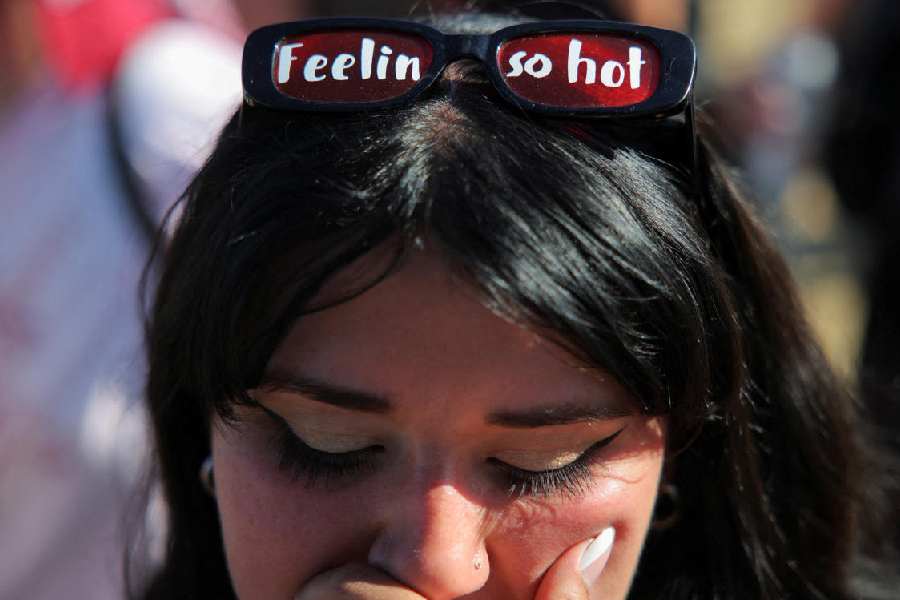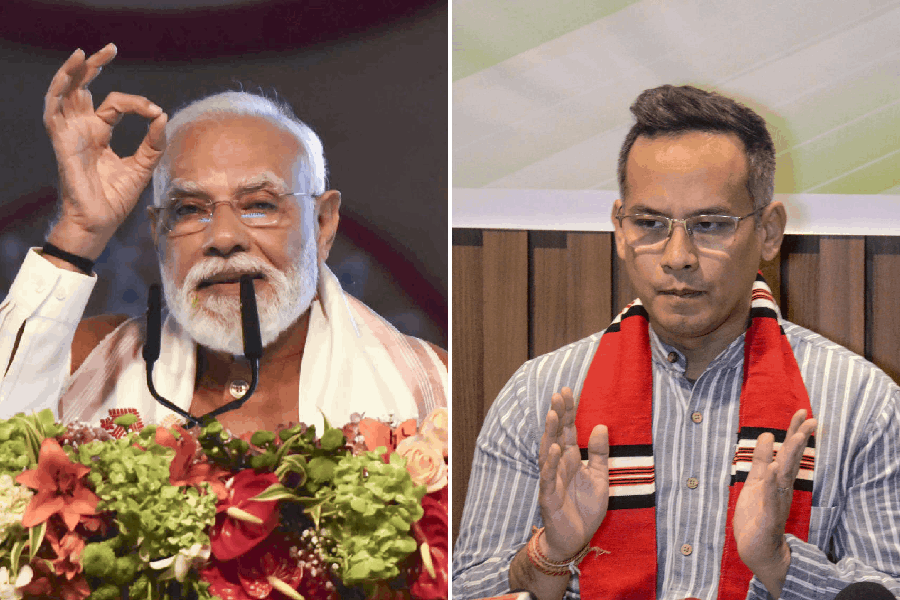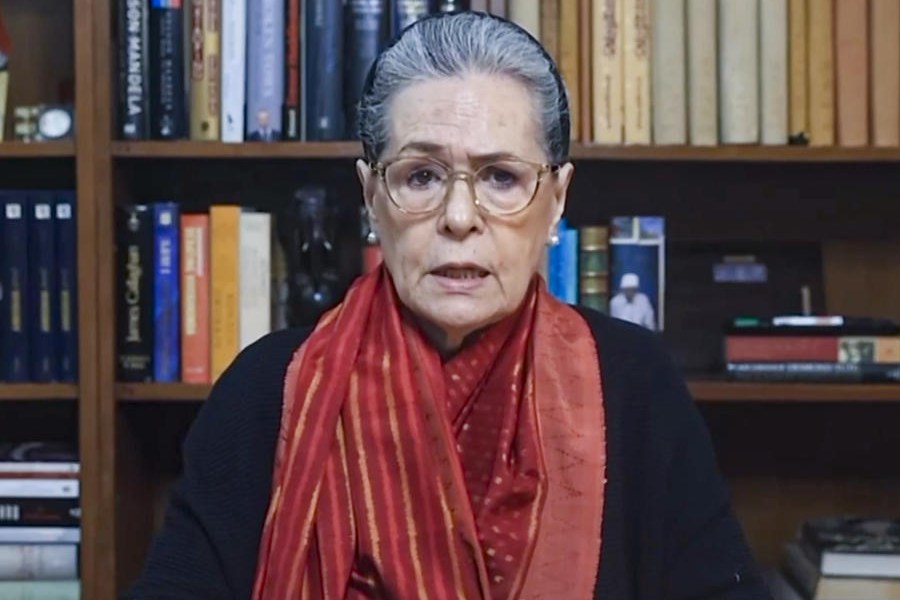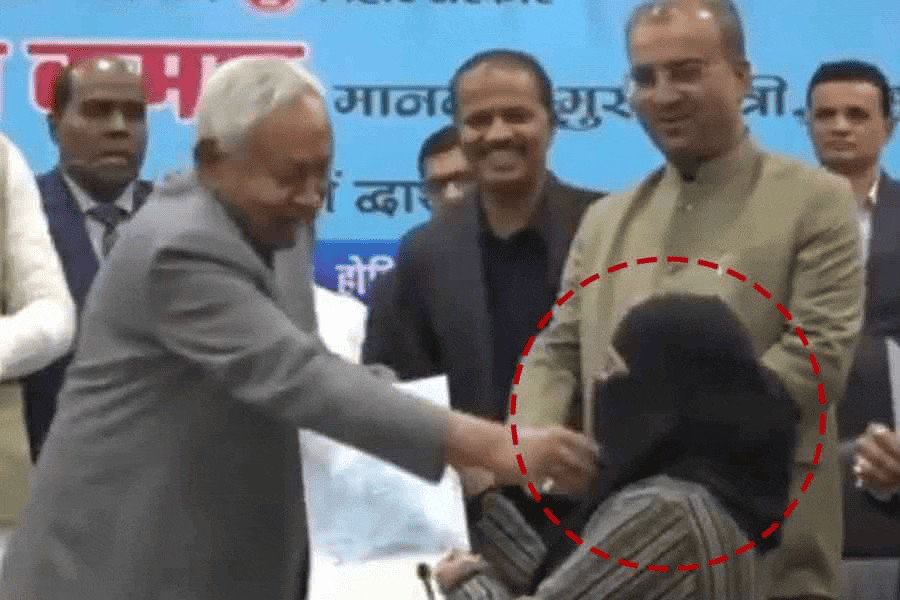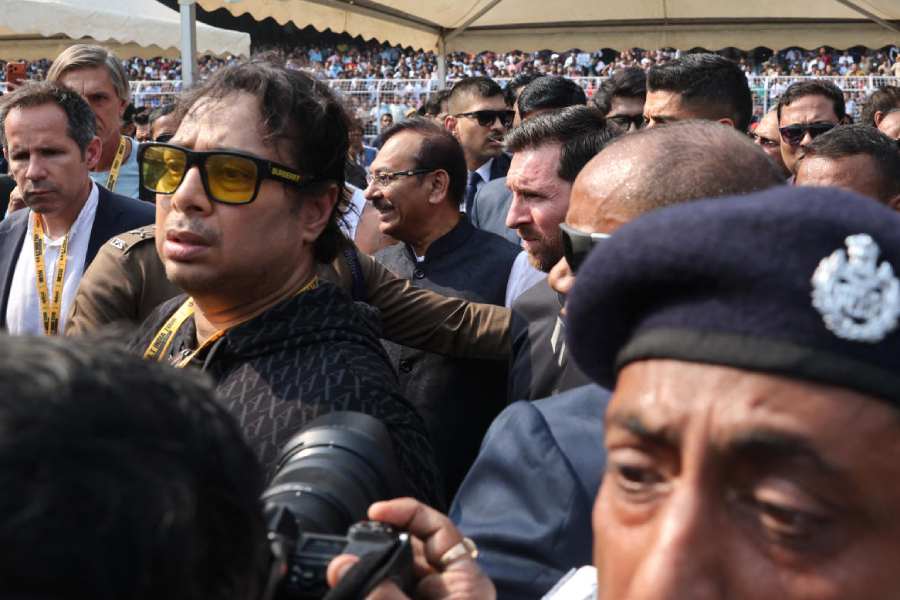Indian scientists have designed a prototype early warning system (EWS) that forecasts individuals’ health risks from heat stress for every five days, combining weather data with personal health, exposure and occupational factors.
The personalised heat-stress EWS, developed by researchers at the Indian Institute of Technology, Roorkee, assigns a risk score and a colour-coded result — green for low, yellow for medium, and red for high risk — tailored for individuals, unlike the existing generic heatwave alerts for entire populations.
The prototype is limited to Delhi, but researchers say the personalised EWS could be adapted to any city or town across the country and made available for public use via a website or a mobile app.
“This EWS is meant to empower people to anticipate heat risks and plan daily activities or adjust habits based on their personal risk scores,” Kshitij Kacker, a research scholar in the IIT Roorkee architecture and planning department and the lead author of the research study, told The Telegraph.
The India Meteorological Department (IMD) routinely issues heatwave warnings through the summer, primarily based on temperature and humidity forecasts, and health authorities issue safety tips to lower the risk of heat-related illnesses.
The EWS, developed by Kacker and his supervisors Mahua Mukherjee and Piyush Srivastava, uses the Universal Thermal Climate Index (UTCI), a methodology formulated by an international panel of scientists in 2010 to assess how hot or cold a person feels depending on temperature, humidity, sunlight, wind speed and other factors.
The UTCI generates effective temperature values to define heat stress — no heat stress between 9°C and 26°C, moderate heat stress between 26°C and 32°C, strong heat stress between 32°C and 38°C, very strong heat stress between 38°C and 46°C, and extreme heat stress above 46°C.
The EWS combines five-day forecasts from India’s National Centre for Medium Range Weather Forecasting (NCMRWF), the UTCI's effective temperature values, and personalised vulnerability and heat exposure circumstances for each individual to calculate individual risk scores.
To receive a personal risk score, users would need to enter specific details — including age, body mass index, gender, income level, health conditions and medications — along with information about their home and work environments. Access to air-conditioning or public transport, as well as lifestyle habits such as smoking, alcohol or caffeine use and sleep patterns, are also factored into the analysis.
Medical experts advised the IIT Roorkee team on how to translate these personal and environmental variables into meaningful heat-risk scores.
The system assigns scores on a scale from 0 to 1 — below 0.33 is low risk, between 0.33 and 0.66 is medium and above 0.66 is high.
“This is still work in progress,” said Srivastava. “But as people begin to visualise their own risk, our hope is they’ll make more informed decisions, adopt healthier routines and reduce their vulnerability to extreme heat.”
The researchers believe future versions of the EWS could be integrated into official services by the IMD or the NCMRWF and rolled out nationally via a dedicated website or mobile application.
“This sounds like great work,” said Nandita Bhan, professor at the Jindal School of Public Health, Jindal Global University, who was not involved in the project. “The risk scores provide important information, but people also need clear, actionable steps they can take to reduce their risk.”
Bhan and colleague Pradeep Guin recently published an independent study in the journal Temperature, reporting over 19,000 heat-related deaths in India between 2000 and 2021 — underscoring the need for tools like the new EWS.

